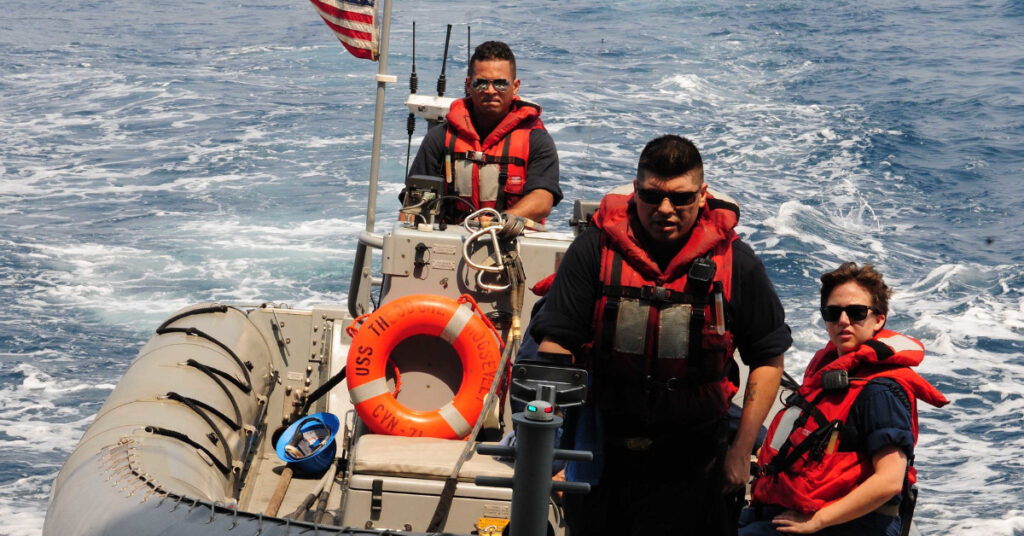Polyurethane foam is a versatile material with numerous applications in the military sector. Its unique properties make it an ideal material for various military applications, from body armor to insulation. Here are the top seven military applications of polyurethane foam.
- Body Armor
Throughout history, soldiers have been constantly searching for ways to protect themselves from the dangers of warfare. From chainmail armor to modern-day bulletproof vests, the evolution of protective gear has been a constant battle between safety and weight. This is where polyurethane foam comes in. Polyurethane foam is a versatile material that has many uses in modern society, including insulation, cushioning, and furniture. However, its ability to absorb and disperse impact energy has made it a popular choice for military body armor. Polyurethane foam creates a protective barrier that can withstand bullets and shrapnel when combined with Kevlar or other ballistic materials. - Blast Mitigation
Polyurethane foam is also used to mitigate the effects of blasts from explosive devices. The foam is sprayed onto walls and floors to create a cushioning layer that can absorb the shockwave and reduce the damage caused by the blast. This is particularly important for military bases and vehicles at risk of being targeted by explosive devices. - Insulation
Polyurethane foam is an excellent insulator, and it is used in military applications to keep personnel and equipment warm in cold environments. The foam is sprayed onto walls and floors to create a layer of insulation that prevents heat loss. It also insulates containers and vehicles to maintain a consistent temperature for sensitive equipment and supplies. - Sealants
Polyurethane foam is a sealant in military applications to prevent water and air from entering sensitive areas. The foam is sprayed onto surfaces and expands to fill gaps or cracks, providing a tight seal that prevents water and air from penetrating. This is particularly important for submarines and other watercraft. - Floatation
Polyurethane foam has several applications in military floatation. It is used in the hulls of boats and other watercraft to provide buoyancy and prevent them from sinking. This is especially important for amphibious vehicles, which need to be able to float in water and travel on land. Polyurethane foam is also used in life jackets and other flotation devices to keep personnel afloat in water. These devices are essential for military personnel operating in or around water bodies. - Soundproofing
Polyurethane foam is an effective soundproofing material, and it is used in military applications to reduce noise levels. The foam is sprayed onto walls and floors to absorb sound waves and prevent them from passing through. This is particularly important in military vehicles and aircraft, where high noise levels can cause hearing damage and interfere with communication. - Packaging
Polyurethane foam is used for packaging and transporting sensitive military equipment and supplies. The foam is molded to fit the shape of the packaged item, providing a cushioning layer that protects it from damage during transport. This is particularly important for delicate electronic equipment and other sensitive items at risk of being damaged during shipping.
Polyurethane foam is a valuable material with numerous applications in the military sector. Its unique properties make it an ideal material for use in body armor, blast mitigation, insulation, sealants, floatation, soundproofing, and packaging. As technology advances, new applications for polyurethane foam will likely be discovered, further expanding its use in the military sector.
Looking for high-quality polyurethane foam in Houston, TX for your military applications? Contact Sterling Manufacturing & Distributing today to learn how we can provide you with the top-grade foam products you need to keep your equipment and personnel safe and secure. Don’t wait – get in touch now!


